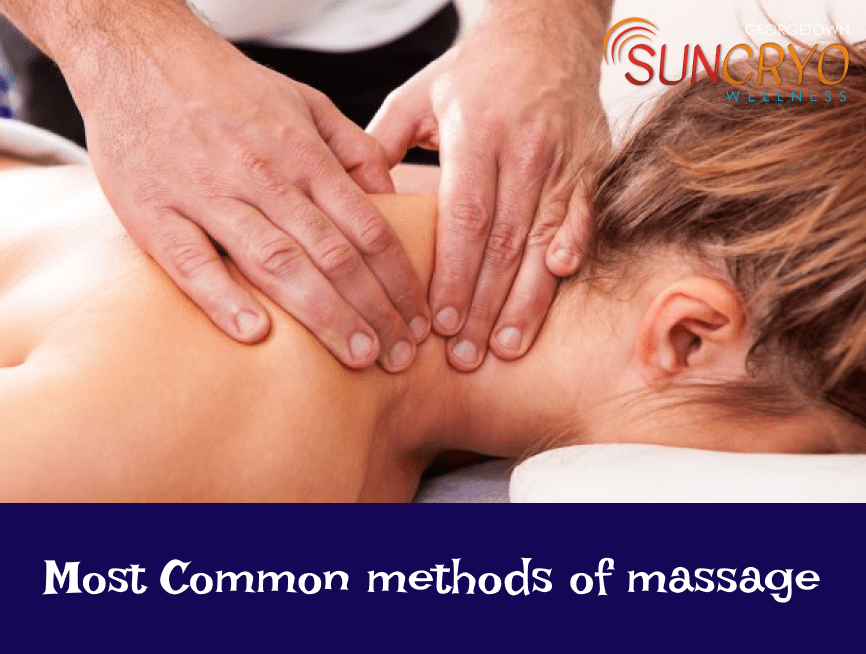methods of massage

Massage therapy is shrouded in myths that cloud its essence. Distinguishing fact from fiction is crucial to grasping the genuine advantages of massages and their impact on overall health. While some myths hold a grain of truth, it’s essential to unravel the reality behind them. In this piece, we aim to dissect prevalent massage myths, deciphering where they align with reality and where they veer off course.
All Massages Are The Same.
A prevailing misconception suggests that all massages offer uniform benefits. However, the truth lies in the diversity of massage therapies. Techniques vary greatly, each tailored to address distinct needs and preferences. For instance, Swedish massages focus on relaxation, while deep tissue massages target chronic pain and muscle tension. Additional modalities like sports, Thai, and hot stone massages cater to unique requirements, emphasizing individual benefits.
Massage Is Focused On Self-Care And Not Necessary For Health.
Contrary to popular belief, massages aren’t solely indulgent; they constitute an integral component of holistic health. Regular massage therapy boasts numerous health benefits, from enhancing circulation and bolstering the immune system to promoting overall well-being. The stress-reducing effects of massages are vital in preventing severe health issues linked to prolonged stress.
Massage Is Unsafe During Pregnancy.
Despite concerns surrounding the safety of massages during pregnancy, they can be immensely beneficial for expectant mothers. Prenatal massages specifically address pregnancy-related discomforts, offering relief from back pain, reducing swelling, improving sleep, and alleviating stress and anxiety.
Soreness After A Massage Is A Sign Of A Good Session.
While soreness post-massage is common due to muscle manipulation, its intensity doesn’t correlate with the effectiveness of the massage. Even sessions without substantial soreness can be highly beneficial, especially for managing pain.
Massage Is Only for Relaxation.
Although massages are deeply relaxing, they extend beyond mere relaxation, offering therapeutic benefits. They aid in managing chronic pain, muscle tension, injuries, and various conditions such as sciatica or migraines. Additionally, massages contribute to mental health by assisting in anxiety and depression management.
You Shouldn’t Get A Massage If You Have A Medical Condition.
Massage, even for those with medical conditions, can be safe and beneficial. Consulting a qualified therapist or utilizing modern massage chairs designed for specific conditions can provide relief and aid in the healing process, but informing the therapist or doctor beforehand is crucial.
Longer Massages are Better
The duration of a massage doesn’t necessarily dictate its effectiveness. Skilled therapists can achieve desired results in shorter sessions, emphasizing quality over quantity. Prolonged sessions may even lead to discomfort and fatigue.
Massage Chairs are Less Effective than In-Person Massages
Modern high-quality massage chairs, equipped with diverse techniques and AI technology, rival traditional massages in efficacy. They offer tailored massages targeting specific tension areas, dispelling the notion that in-person massages are inherently superior.
Dispelling these myths is crucial to understanding the holistic role of massages in health. With these misconceptions debunked individuals can confidently explore massages as a viable option for pain relief within a holistic health plan.
